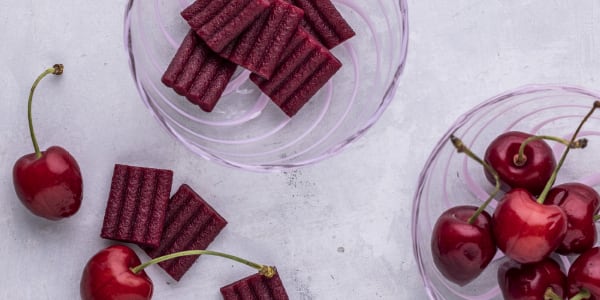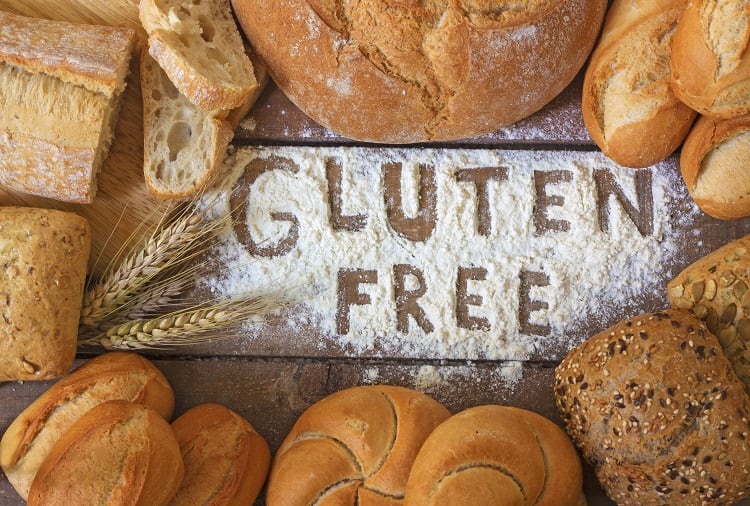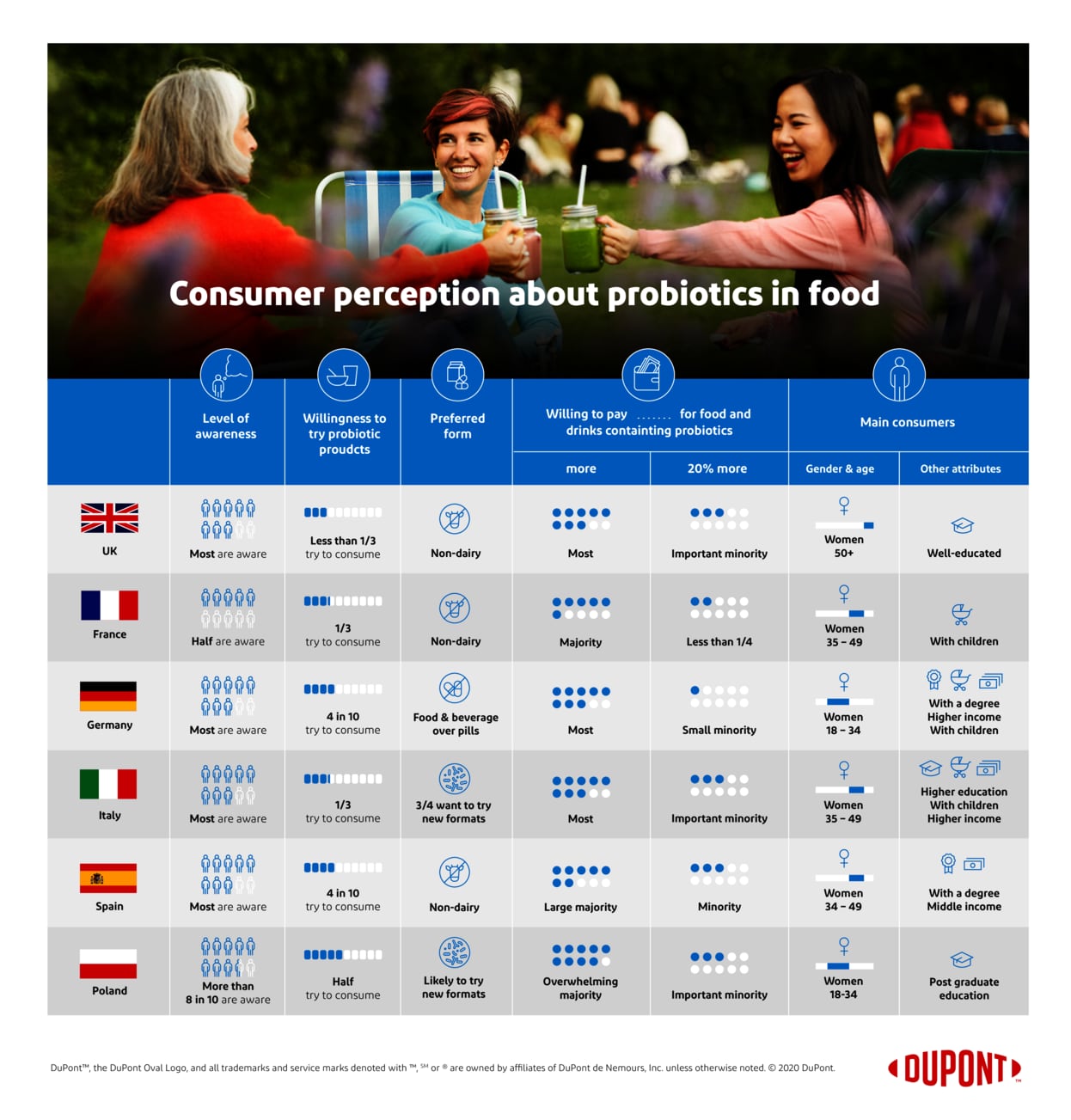For years, consumers who wanted to get fit and enjoy better health always felt as though they had to sacrifice indulgences, such as confections and rich chocolates.
In 2022, an IFF consumer research study yielded some compelling insights on the concept of indulgence and the value it brings to European consumers. And when it comes to indulgence, chocolate and sugar confectionary takes center stage in the food and beverage category. It goes without saying that “chocolate” was by far the most prominent example cited by respondents.
Further, consumers in the EU have expressed that indulgent food (and beverages) should be fun and is a way to have “me time”. Increasingly, consumers are taking a holistic approach to “self-care” ‒ a health and wellness concept that is gaining tremendous traction across the world.
Gwynnie Hagen, category marketing lead for Bars, Snacks & Confectionary, IFF, says: “These days with so many uncertainties and cost pressures, consumers are more cautious with what they buy. Chocolate and confectionary take up a small part of consumers’ spending budget yet they’re so important for mental wellbeing, having an incredible ability to bring comfort that consumers seem reluctant to give up on that relatively small spend.
"These days, purchasing confectionary is a deliberate choice that consumers value. We can really say that chocolate matters!”
Bridging the gap
A bridge has major parts that fall under two general components: the superstructure and the substructure. Formulating better-for-you indulgences (e.g. confections and chocolates) necessitates overcoming two large challenges.
The first is untangling a long-held mindset. This challenge is that on one side, 49% of European consumers believe that indulgent foods and beverages are not healthy, yet, 81% agree that indulgence is important for mental health, while 73% say that indulging is a way to support emotional balance.
Sugar confectionary and chocolate markets are mature and well established, Hagen notes, and they experience constant small growth. “These dynamic markets are always ready for innovation,” she comments. “For example, better-for-you versions, such as vegan chocolates with vegan ganache are indulgent and reduce the guilt while enjoying the treat.”
The second seems to be a disparity between what consumers assert they want ‒ and what they actually buy. For example, when consumers are asked what they desire in a food, they will express that they want it to be 100% natural, clean with less (or no) bad ingredients and more of the healthier ingredients.
However, the purchase behavior picture tells another story. Consumers are still buying the same indulgent foods they always did to enjoy the satisfaction they provide. Hagen observes that consumers tend to want already-healthy products (such as bars) to be healthier, but for treats and snacks, indulgence is a key factor.
“Whilst candy and chocolates are all about indulgence and fun and in this regard play an active role in maintaining mental wellbeing, there is room to bridge the snacking dilemma by keeping the enjoyment element whilst bringing in healthier aspects,” she says.

Building the bridge
Deeper understanding on the importance of indulgence was an eyeopener on how to fully use all of IFF’s expertise in flavors, textures and ingredients to design concepts blending healthier chocolate and confectionary in an indulgent realm.
There are three tiers to indulgent foods:
- Full-on indulgence: This is all about pleasure and taste, often considered a “guilty pleasure.” Calories and nutrition content are not a concern.
- Permissible indulgence: this is about bringing a healthy twist to reduce the “guilt” associated with enjoyment of the food.
- Healthy indulgence: This is about adding indulgent qualities to inherently healthy product categories.
IFF PRODUCT DESIGN™ provides a complete portfolio to overcome these challenges and build the bridge for consumers to enjoy the indulgences and feel good about those choices.
“For IFF, it’s all about sustaining the fun element in taste, texture and sensation while amping up the healthy aspect – and IFF PRODUCT DESIGN™ is the new bridge to easily connect both,” Hagen comments.
Its portfolio includes the following value-added benefits for better-for-you candies and chews:
- Xylitol to enhance sweetness without imparting an aftertaste
- Lecithin and a full range of natural emulsifiers and hydrocolloids
- Probiotic cultures for digestive benefit and microbiome support
- Fiber for satiety and weight management
- Natural colors and clean label color solutions
- Natural antioxidants for protection and preservation
- Truly innovative flavor and modulation technologies
- Inclusions for increased fruit content and lovely texture
It goes without saying that confections and chocolates can still taste great, provide a “me time” moment of pure bliss, yet without any of the guilt associated with excess sugars, fats and unhealthy additives. The bridge to better-for-you indulgent treats is built ‒ now it’s time to lead consumers across.








